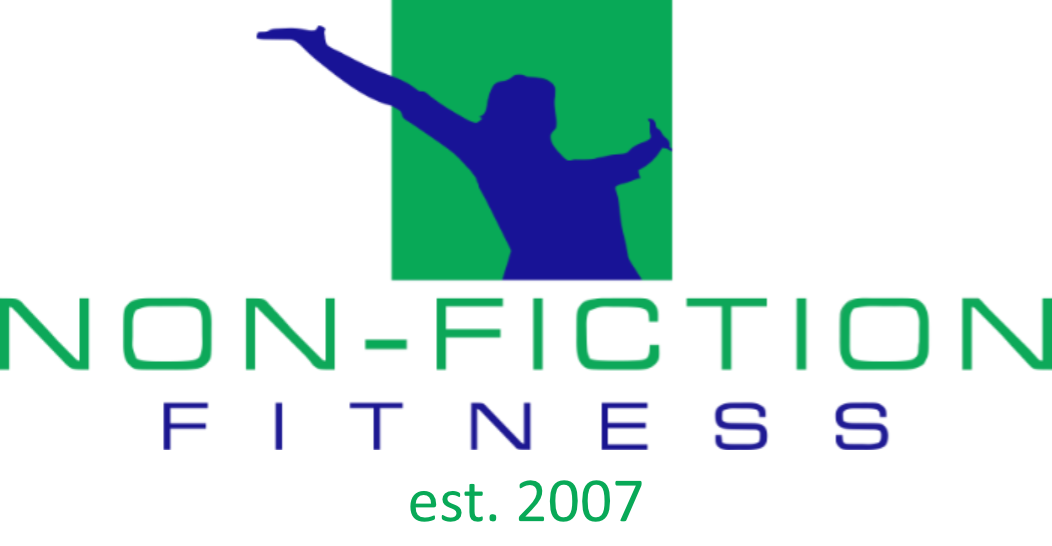Today as I sat down to write this newsletter, I remembered a story that I told a client this week that made me chuckle.
In the summer of 2015, after many years of barely playing any basketball, I started to play with some friends a few times a week.
Everything was going great until I started feeling my left knee getting over stressed.
Because of where the pain was and how it felt, at one point I was concerned that I might be putting myself at risk for a meniscus tear. Thankfully, I followed the same advice I give my clients and I got a lot better.
After a little while, with a few modifications (a shoe change, a schedule change, a warm up change and a recovery plan change), I was playing hard again and I was pain free.
So here’s what I chuckle at.
Several months after my knee issue was seemingly gone, a man named Frank came into my office. Frank was in his mid 40’s and he had recently decided to play pick up basketball. One wrong move on the court caused Frank to land in such a weird way that his meniscus tore. He said it was horribly painful.
During our session, Frank explained down the the littlest detail what happened on the court that night. He explained how he came down, what it felt like and what his reaction was. I was riveted.
While he was talking, I began to think about my own knee problem that I had dealt with a few months prior to this meeting. I started to unintentionally imagine myself on the court having a similar injury. I could feel myself getting a little anxious by these thoughts.
Then something REALLY weird happened. I started to feel the exact same pain I had felt several months earlier. Same spot, same intensity, same movements making it worse, everything.
As we kept talking, I began to move my leg around to try and work it out but it stayed. The pain stayed for the rest of Frank’s session but thankfully after a few hours it was all gone.
As I thought about this incident later, I recalled what the textbooks say about this very common phenomenon of the mind influencing pain sensations. It’s truly fascinating and we are all susceptible to it.
Many years ago it was believed that pain always came in a magnitude that matched the severity of the injury. Meaning that 1) all pain is due to injury and 2) that the more you hurt, the worse your injury is. This was the common belief until about the mid 1900’s.
During this time, World War 2 Vets who were wounded in battle would sometimes have to have their arms or legs surgically amputated. As this became more common, an interesting phenomenon was observed- the patients would continue to feel pain in the limb even after it was no longer there.
It’s hard to believe, but about 60-80% of people that go through this procedure experience this. It’s called phantom limb syndrome.
Phantom limb syndrome gave pain researchers a new direction of study- the mind. They reasoned that if the brain can continue to sense pain in a body part that is no longer there, than the mind must be in charge of the experience of pain, not the body.
This led many researchers to perform studies to determine how much the mind influences pain in other populations and situations. The results have shown time and time again that the mind plays a huge role in the pain sensations that people feel. This is evidenced by things like the placebo effect.
So, being that our minds can work against us or for us, what do we need to do to harness the power of our mind so that it works in our favor, all the time? How can we ensure that it supports us as we add the necessary physical elements (water, diet, exercise, muscle activation, strategic rest, etc)?
Here’s a few articles and a video that will help.
This article succinctly summarizes this topic. it’s a short read and gives you a good, general understanding of the mental side of pain.
Check that out here- Is All Pain Mental?
The next article goes a little deeper. It is about the most widely accepted theory about the mental side of pain, The Gate Theory. Gate Theory was first proposed in the 1960’s and it has gained more and more acceptance as the years have gone on.
It basically says that there is a “gate” that opens and closes in your spinal cord, and while open, pain signals travel faster and hit the brain with more intensity. When closed, it blocks much of the pain from being felt. The article explains what affects these gates and gives you a few steps to help you get better control over your own gate.
Check that out here- Gate Theory
Finally, this is something worth watching. It is a short clip from the ABC News program 20/20. They featured a Medical Doctor in New York that has taught people to “cure” their pain by harnessing the power of their mind. There are some pretty amazing stories of healing in the segment, including one from John Stossel, the host. It’s quite remarkable.
Check it out here- 20/20 Story on Dr. John Sarno, M.D.
Hope you enjoy the resources. Please pass them along to a friend or family member that could benefit from them.
Have fun!
Chris
